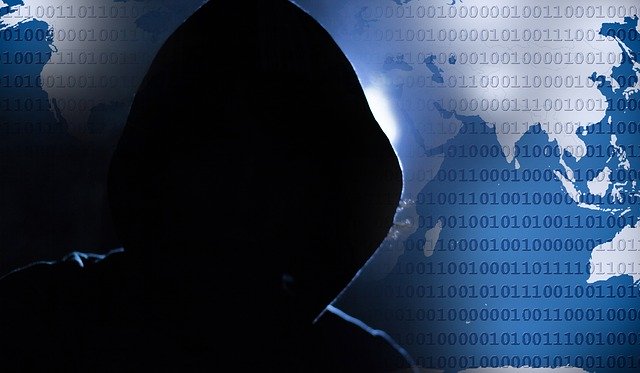The Disturbing Trend of Cyber Attacks Over the Past Decade
Cyber attacks and data breaches have become so commonplace in recent years, it’s hardly shocking when we hear a multi-million dollar corporation has had millions of customer records stolen – if we hear about it at all.
Mainstream media does not typically pay much attention to cyber attacks, unless they involve global corporations like Apple or Sony, and even those attacks are footnotes amongst other global news.
The truth of the matter is that cyber attacks and data breaches occur every day, not only to global corporations, but to small online businesses as well. In fact, smaller-to-medium businesses make up around 70% of cyber attack victims, and are considered “low-hanging fruit” in the security industry, due to lax security.
In this article we’re going to cover some important statistics you should be aware of, as well as methods you can use to protect yourself and your online business from things like identity theft and data breaches.
How to safeguard your identity from cyber attacks
The following tips are relevant to protecting both your personal identity, and your business identity as well.
- Keep data in the cloud: Cloud storage solutions will typically be better than local storage. Cloud storage will protect you from physical attacks, such as sensitive data being copied to a flash drive. Encrypted cloud storage with multi-factor authentication also protects your storage from brute-force attacks.
- Consider using protection tools or services: If you think of antivirus software as protecting your computer from viruses and attacks, identity theft services keep you safe from cyber criminals. These services can provide automated reports if any of your personal information is stolen on the dark web, or if your information is used on any financial forms online. At $7.50/mo for personal plans, it’s pretty much less than a Netflix account.
- Utilize multi-factor authentication: Multi-factor authentication ensures that even if attackers gain access to your passwords, they’ll be unable to login to your accounts from unrecognized devices. There are several subcategories of MFA, so figure out which one is most convenient for you.
- Keep your software always updated: Some of the most infamous cyber attacks were able to exploit security flaws in outdated software, such as NotPetya which exploited a security flaw Microsoft had already released a patch for. It turned out that thousands of companies around the world opted not to update their systems, and fell victim to the virus. Don’t be a statistic, keep your system and software always updated.
- Always verify requests for information: Email phishing is still one of the most common cyber attacks on SMBs, because people still fall for emails that appear “legitimate”. If an email appears to be from the tax bureau agency, your bank, or even Netflix, requesting some kind of information they should already have on file, give those companies a call to verify they’re trying to contact you.
The biggest data breaches in 2020 so far
Just to give you an idea of how damaging data breaches can be, let’s take a look at some of the largest data breaches so far in 2020.
Keepnet Labs (June 9, 2020): This UK security company was keeping a massive database of data from other data breaches on an unsecured server, with over 5 billion records of personal identity information. While all of the information was already out there from other data breach leaks, the fact it was so neatly organized on an unsecured server, belonging to a security company no less, was quite alarming.
BlueKai (June 19, 2020): Over 2 billion records from tracking cookies were left on an unsecured server. BlueKai is a company owned by tech giant Oracle, and they possess one of the largest banks of web tracking data. The information exposed included names, home addresses, emails, and web browsing activity.OneClass (June 29, 2020): Over 1 million North American students (including minors) exposed on an unsecured server. The information exposed included full names, email addresses, school enrollment details, and more.
Feature Image by Pete Linforth from Pixabay


Yeah, those cyberattacks could be raly pain in the neck.
Great post, thanks a lot